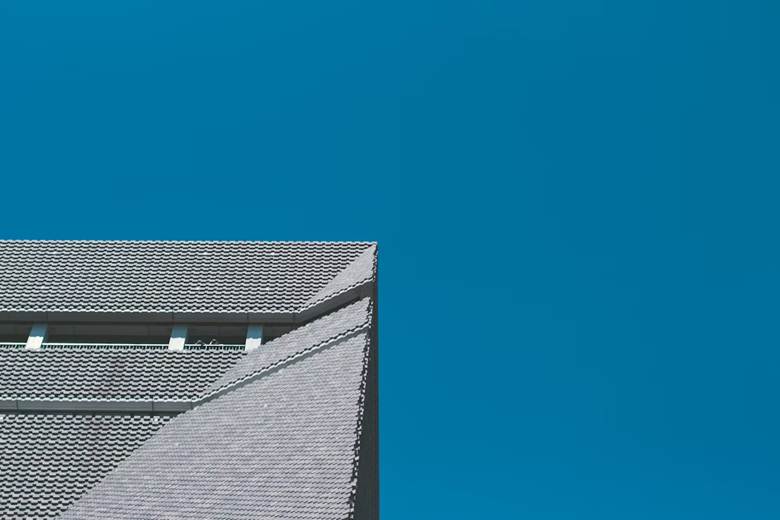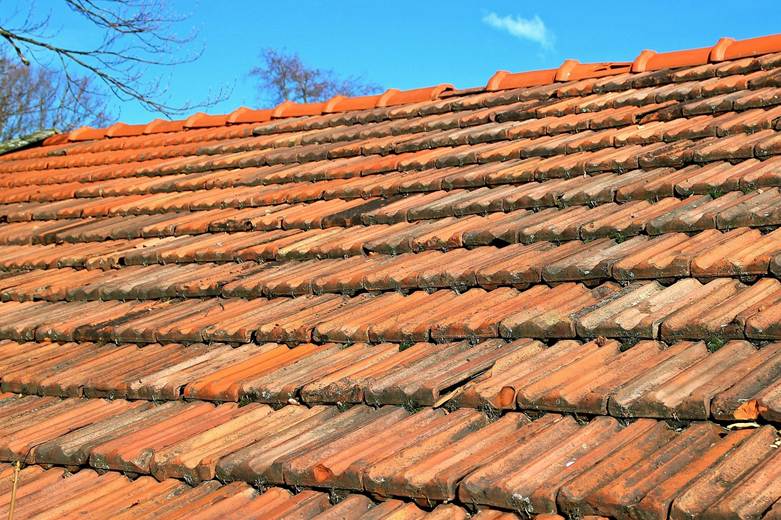Choosing the right roofing option can be a daunting task for any property owner. With a wide range of materials, styles, and costs to think about, navigating the roofing landscape requires careful thought and analysis.
Whether it’s a single-family home, a commercial building, or an industrial facility, the roof plays a critical role in protecting the structure from the elements and ensuring energy efficiency. Understanding the factors that contribute to a good roofing decision empowers property owners to make informed choices.

Understanding Your Needs
First and foremost, recognizing your specific needs is important. Different properties have distinct requirements based on location, climate, and usage. A property situated in an area prone to heavy snowfall may necessitate a roofing material that can handle the added weight while providing adequate insulation properties. Buildings in warmer climates may benefit from roofs that offer improved ventilation and heat reflection.
It is wise to take into account the architectural style of your property. Whether you lean towards modern, traditional, or eclectic designs, select a roof that complements and enhances the aesthetic. Consulting with experienced residential roofing contractors in Rhode Island, New Jersey, or somewhere local to you can provide tailored insights into material suitability for your property style and climate conditions. Be sure to factor in your long-term goals, such as energy efficiency or resale value, when choosing a roofing material.
Some options will require more maintenance than others, so assess your willingness and ability to commit to upkeep. Understanding the lifespan and warranty coverage of various materials is critical for making an informed decision. Budget constraints can limit certain choices, making it crucial to balance affordability with performance.
Material Options
The material you choose significantly influences the longevity and functionality of your roof. Common options include asphalt shingles, metal, tile, and wood. Each has unique advantages and drawbacks. Asphalt shingles, for instance, are popular due to their cost-effectiveness and ease of installation.
They typically last between 15 to 30 years. Metal roofs, though initially pricier, often outlast others and require minimal maintenance. Working with experienced metal roofing installers can ensure that your chosen material is fitted correctly, providing maximum durability, weather resistance, and energy efficiency for years to come. As a fire-resistant option, metal roofs can stand up to harsh weather conditions, including heavy winds and hail. Tile roofs offer exceptional longevity but can be more expensive initially. Wood shingles present a classic look, though they require more maintenance and may not be permitted in certain areas due to fire regulations.
Cost Considerations
Budget is a major consideration when choosing a roofing option. You need to account for the upfront material costs, labor, ongoing maintenance, and potential future repairs. While some materials may have lower upfront costs, their lifespan and maintenance requirements could end up costing more.
It’s wise to evaluate the total cost of ownership rather than just the initial expenditure. Investing in durable materials may seem expensive initially, but they can save money by reducing repair and replacement needs. Obtaining estimates from various contractors can help you better assess and compare costs, making your decision easier.
Installation and Maintenance
The quality of installation can significantly affect the lifespan and performance of your roof. Even the best materials can fail if improperly installed. Hiring reputable contractors who possess the necessary experience and credentials will ensure your roof adheres to local building codes and industry best practices. Once your roof is installed, regular maintenance is important.
Routine inspections help catch issues early, preventing costly repairs down the line. Cleaning gutters and checking for damaged shingles can extend the life of your roof significantly. Understanding maintenance needs based on your chosen material will help you develop a schedule that ensures your roof remains in top condition.
Environmental Impact
Increasingly, property owners are considering the environmental impact of their roofing choices. Eco-friendly materials, such as recycled metal or sustainably sourced wood, reduce environmental footprints and may offer benefits such as energy efficiency. Choosing options with reflective coatings can improve energy efficiency by reducing heat absorption, lowering cooling costs, especially in warmer climates.
Solar panels are another consideration, as roofs that can accommodate them allow for harnessing renewable energy. The integration of solar technology may require additional structural support, so discussions with your roofing contractor about compatibility with your selected roofing material are recommended.

Warranties and Lifespan
Reviewing warranties associated with various roofing materials and services is an often overlooked aspect of decision-making. A longer warranty can provide peace of mind and reflect a manufacturer’s confidence in their product's durability. As most roofing materials have different lifespans, researching to ensure a good balance of longevity and warranty can influence your choice.
It is important to understand the warranty terms, including what is covered and for how long. Clarifying possible conditions that might void warranties, such as improper installation or lack of routine maintenance, will help you make an informed decision when selecting contractors and materials. Making an informed decision about your roofing option is crucial to protecting your property.
The right choice blends quality, affordability, and aesthetics while considering long-term implications, including maintenance and environmental impact. By carefully assessing material options, costs, and installation expertise, property owners can secure a roof that enhances their living or working space for years to come.









